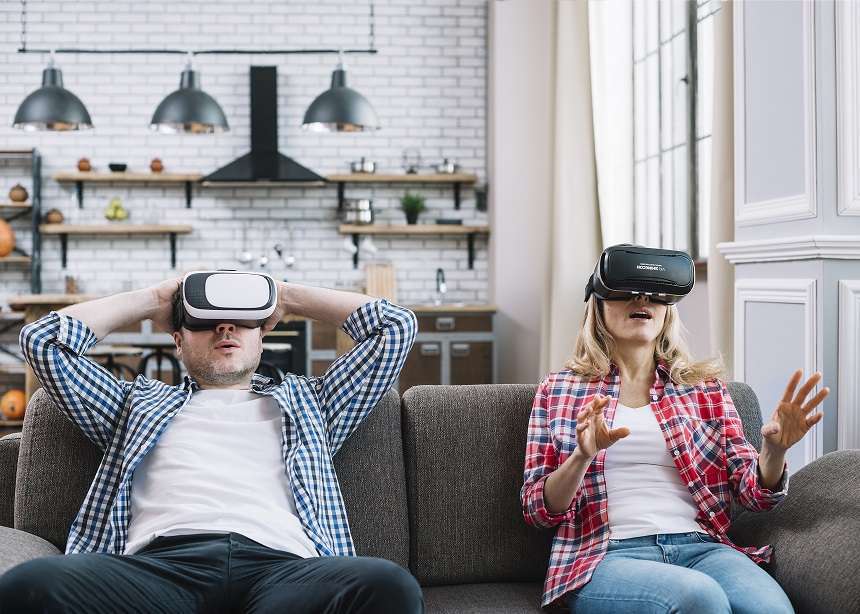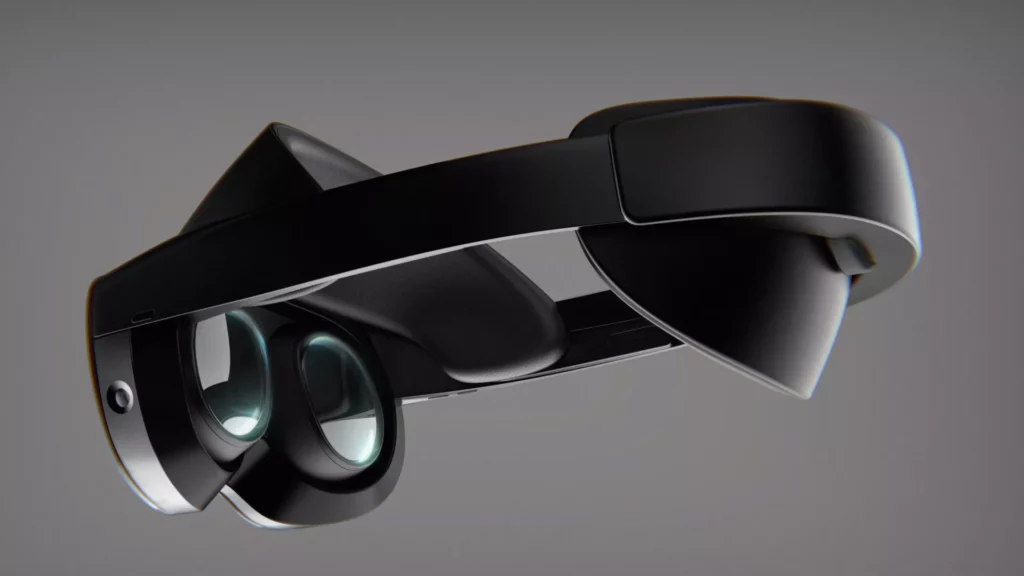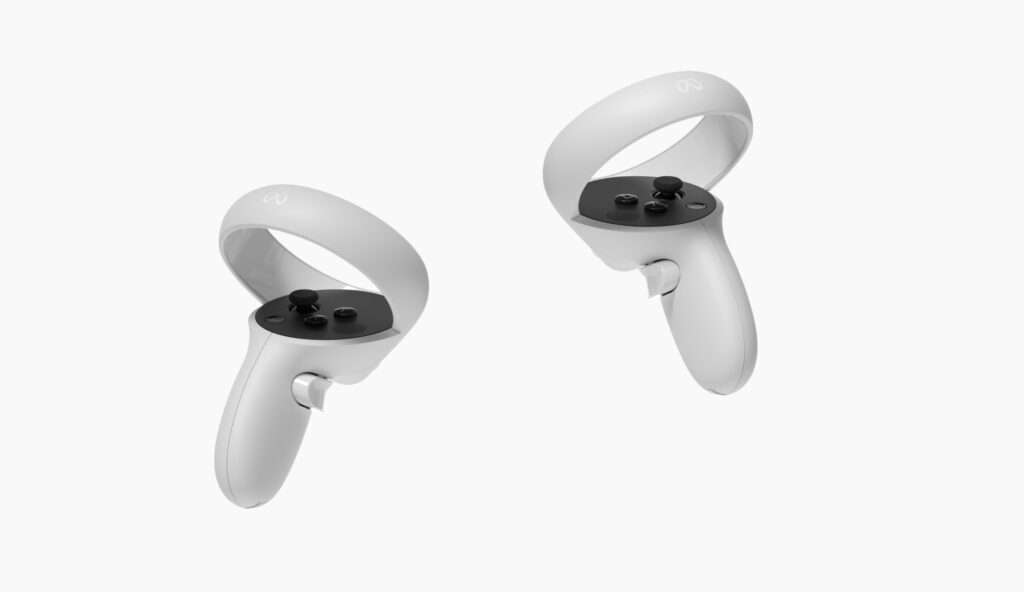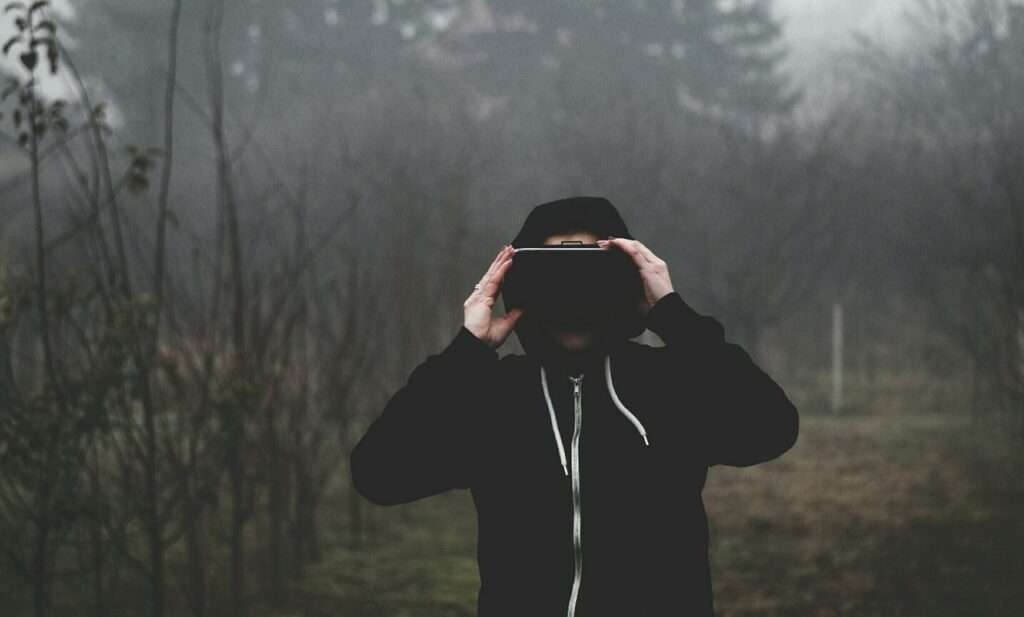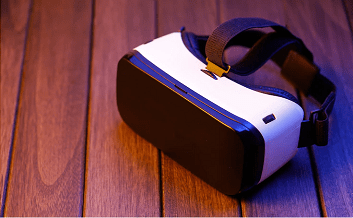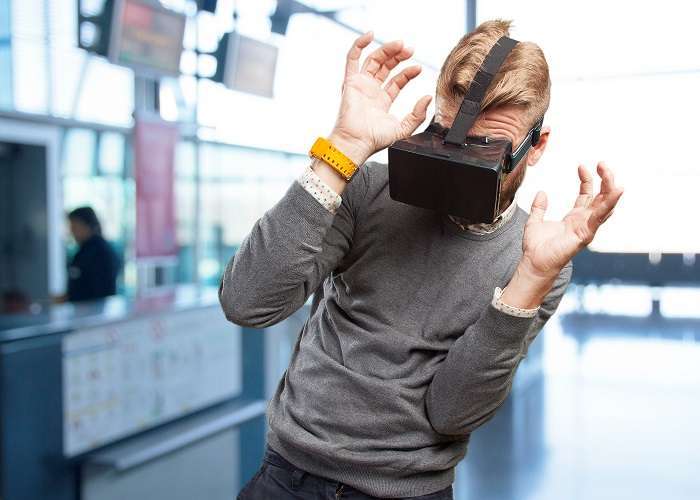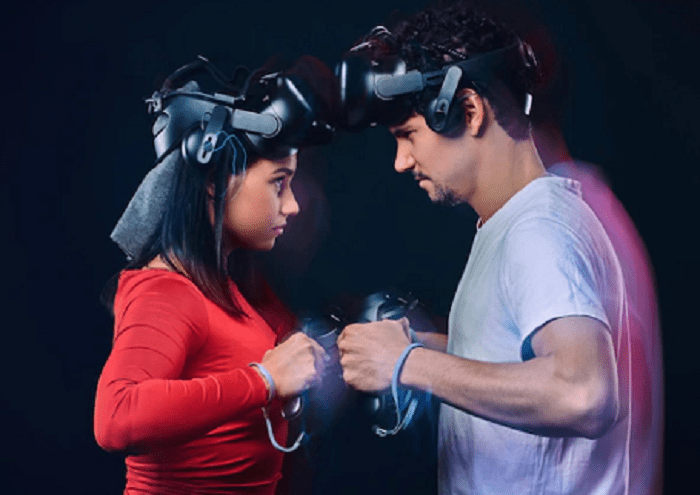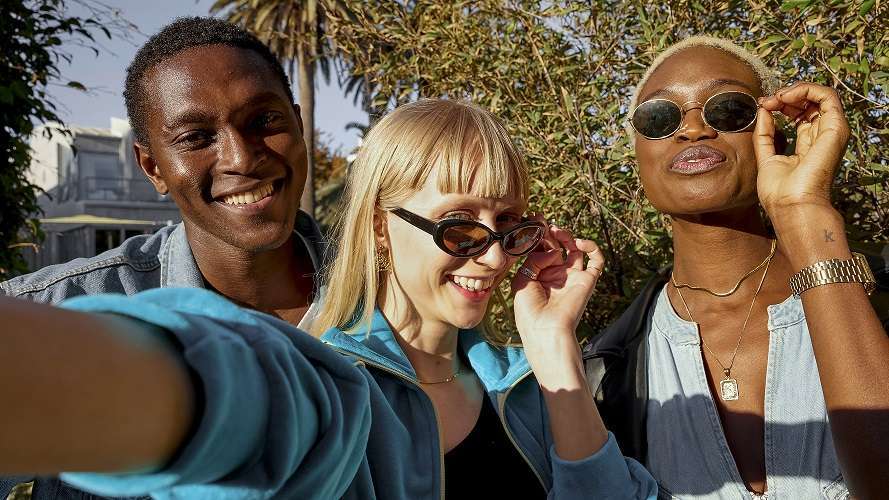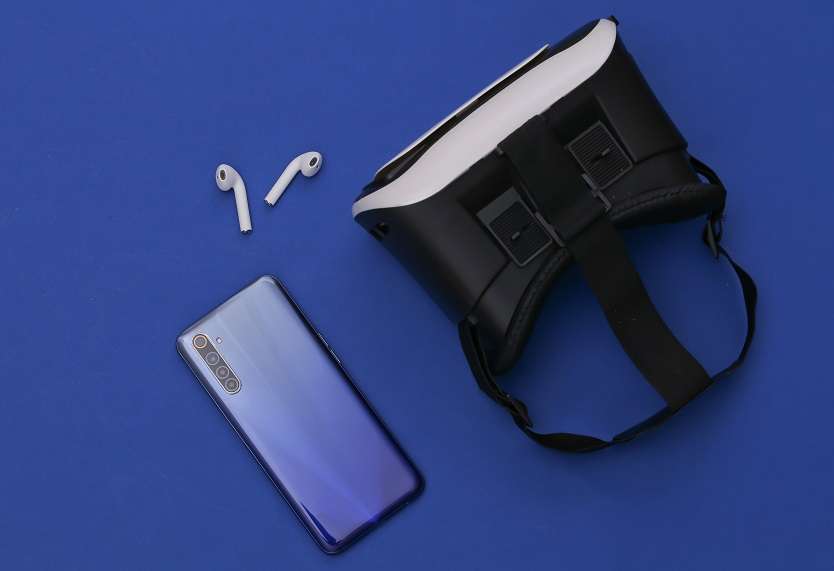Sony’s PlayStation VR 2 stands as the initial dedicated VR headset for the PlayStation 5, marking the beginning of 2023. However, this year has only just commenced, and exciting developments are on the horizon. Meta’s Quest 3 is anticipated to debut before the year’s end. Beside, Apple’s forthcoming VR/AR headset is set to make its grand entrance as well. Consequently, this may not be the most opportune time to invest in a VR headset. Despite the limited game library and the requirement for a wired connection to a PS5, we find several appealing features in the PSVR 2. While the Quest 2, which has been around for over two years. It holds the title of the most successful VR headset, it’s important to understand the disparities between these two devices and their respective strengths. For a more in-depth analysis, we recommend reading our Quest 2 Vs Playstation VR 2
Quest 2 Vs PlayStation VR 2: Which one is better
Hardware: Standalone vs. cabled
The Quest 2 is an all-in-one VR gaming system that requires no additional components. This remarkable advantage, available for the price of $399 (£399, AU$630), remains unmatched by its competitors, who are still striving to achieve the same level of convenience.
In contrast, the PlayStation VR 2, priced at $550 (£530, AU$880), is tethered to a 15-foot cable that necessitates connection to a PlayStation 5. It cannot function independently. Essentially, it serves as an extension of your PS5, providing a different experience altogether.
The impact of this design discrepancy is more significant than one might anticipate. The Quest 2’s portability allows for effortless setup, enabling users to fully immerse themselves in VR gaming and fitness apps that involve physical movement. Titles such as Beat Saber and fitness applications like Supernatural truly shine on this headset.
On the other hand, the PSVR 2’s cable is lengthy and cumbersome. Although the setup process is simpler compared to the original PSVR, thanks to its single-cable configuration and in-headset camera-based tracking, it still requires proximity to your PS5. Consequently, the PSVR 2 excels in seated or stationary experiences rather than full-motion scenarios.
Displays and audio: PSVR 2 takes the lead, mostly
The Quest 2’s display, based on LCD technology, delivers commendable sharpness (1,832×1,920 pixels per eye). However, the PSVR 2 surpasses it with its HDR OLED display, boasting a resolution of 2,000×2,040 pixels per eye. The PSVR 2’s visuals are characterized by heightened detail, vivid colors, and superior contrast and black levels. Additionally, the PSVR 2’s capability to showcase graphics of PS5 quality ensures an even greater level of visual fidelity compared to the Quest 2. The latter employs an integrated Snapdragon XR2 mobile processor, which, although less powerful, can be linked to a gaming PC for a similar high-end gaming experience akin to the PS5.
The Quest 2 features speakers that provide 3D audio in close proximity to your ears while allowing external sounds to seep in. This is advantageous for situations where being aware of external noise, such as children or alarms, is essential. The headset also includes a headphone jack. In contrast, the PSVR 2 provides earbuds for 3D audio but lacks built-in speakers, resulting in a more isolated auditory experience. Although the earbuds deliver acceptable sound quality, Sony’s wireless Pulse 3D over-ear headphones (available separately) offer a superior audio experience. The PSVR 2 also features a headphone jack, similar to the Quest 2.
The PSVR 2 incorporates additional immersive elements. By utilizing eye tracking technology, the headset enhances graphics quality in areas where your eyes are focused, thanks to foveated rendering technology. Furthermore, the PSVR 2 implements rumble feedback, which may initially appear gimmicky but effectively integrates bass vibrations into gameplay, thus bridging the gap between sound and immersive sensation.
Controllers and input: PSVR 2 offers superior haptics and eye tracking, while Quest 2 includes hand tracking
The PSVR 2 and Quest 2 share a common controller design, featuring buttons, analog sticks, triggers, and grips that maintain consistency across various VR headsets. However, the PSVR 2 Sense controllers exhibit more advanced vibration feedback and even incorporate force-feedback “adaptive triggers” that provide resistance in certain games. These features, already present in the PS5 DualSense controller, offer a much richer tactile experience in VR compared to the Quest 2’s relatively basic haptic feedback. Additionally, the PSVR 2 employs eye tracking, introducing additional control possibilities in select games by allowing users to glance at objects to interact with them, thereby enhancing accuracy.
The Quest 2 boasts superior finger awareness when gripping the controllers, capable of detecting whether your fingers are on or off the buttons or triggers, or even resting on them. This level of awareness creates a sensation akin to hand tracking. The PSVR 2 has not yet achieved this level of finger sensing accuracy. Furthermore, the Quest 2 supports hand tracking without the need for controllers, although this input method may not be flawless, it can prove beneficial. Meanwhile, the PSVR 2 does not currently support hand tracking.
Software: Quest 2 enjoys a significant advantage (for now), while PSVR 2 offers notable titles
The Quest 2 boasts an extensive software library, encompassing hundreds of games, productivity and more. Furthermore, a wide array of free apps and games is available. Having been in the market since 2019, the Quest platform enjoys a substantial head start. The PSVR 2, however, is starting anew. Its hardware is not inherently backward compatible with original PSVR games. While many of these games are receiving upgrades for the PSVR 2, the implementation of these updates remains uncertain.
Price: Quest 2 holds the advantage
In terms of price, the Quest 2 has a significant edge, with an all-inclusive price of $399. On the other hand, the PSVR 2 is priced higher at $550. Besides, it requires a PS5 console, the total investment amounts to over $1,000. However, it’s the Quest 3, is expected to launch later this year. Therefore, it might be wise to hold off on any purchase decision.
Quest 2 Vs Playstation VR 2: Final Verdict
If you have a Quest 2, it is recommended to wait for the Quest 3. There is a possibility that the Quest 3 will bring notable improvements and advancements to the VR experience. Additionally, both Meta (formerly Facebook) and Sony may introduce more games, updates, and potentially holiday bundles in PSVR 2.
If you already own a Quest 2, there is currently no compelling reason to switch to the PSVR 2. The Quest 2 is a capable VR headset with a wide range of games and applications available. Waiting to see the improvements and features of the Quest 3 would be a wise decision.
For PS5 owners who are willing to invest in new technology, the PSVR 2 can do that. However, it is important to note that the future potential and game lineup of the PSVR 2 are still uncertain. Waiting until the fall to assess the situation for both Meta and Sony would allow for a better understanding of their offerings and potential bundles.
Source:
PSVR 2 vs. Quest 2: Which Should You Buy, or Should You Wait? (n.d.). CNET. https://www.cnet.com/tech/computing/psvr-2-vs-quest-2-which-should-you-buy-or-should-you-wait/

